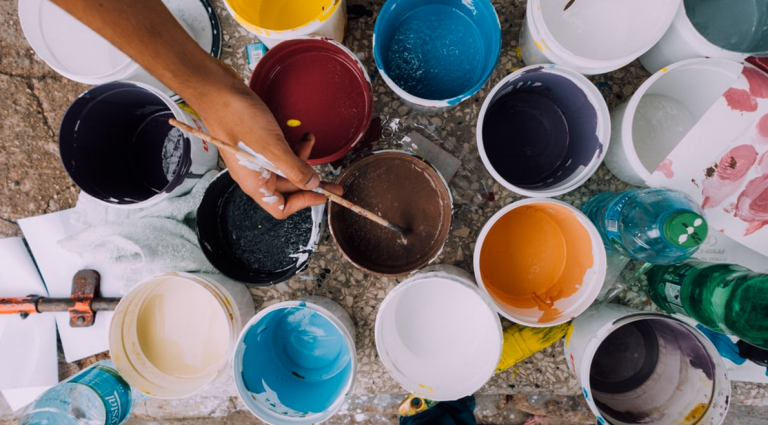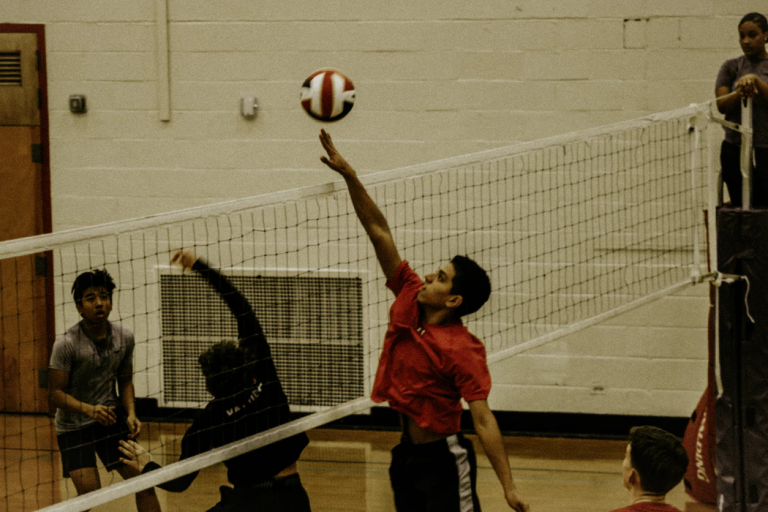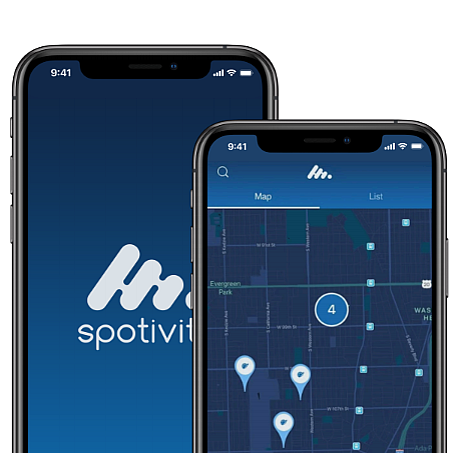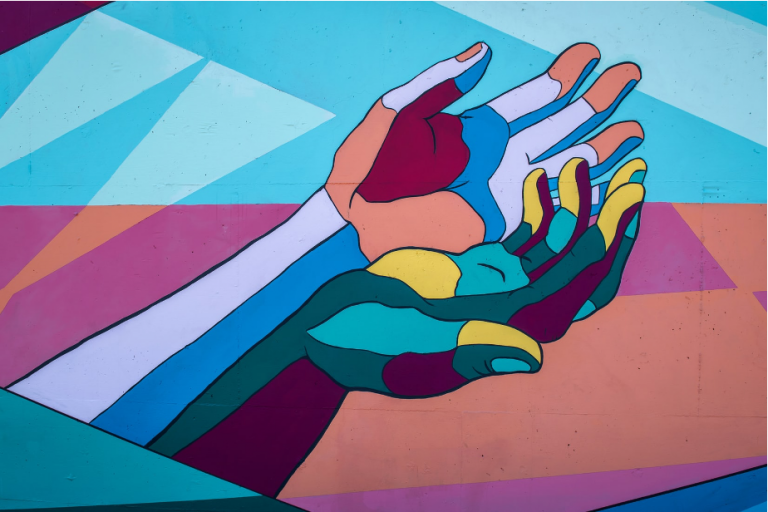Throughout history, society has praised the ideals of sport. No matter the social identity stratification, people of all races, cultures, religions, and genders have found common good in promoting physical education as a form of universal welfare. As a famous champion for civil rights and vice president of South Africa, Nelson Mandela said, “Sport has the power to change the world. It has the power to inspire. It has the power to unite people in a way that little else does. It speaks to youth in a language they understand.”
Additionally, all humans must uphold a fitness standard to sustain a healthy life and make their bodies resilient. It is also in our nature to be competitive. Sport is a more tame and civil version of natural competition that all humans can practice and participate in. Outside of being a helpful proxy of displays of Darwinism, sport is a valuable tool for developing personal and social skills later necessary for livelihood. Youth can benefit from participation in modern physical education by improving physical abilities, learning how to interact with their peers, and maturing their emotional intelligence. Sports has since evolved such that hopeful teens can find careers and involvement in the industry, guaranteeing financial success and extending its outreach to others lacking opportunities.
Objectively speaking, it is important that teens engage in physical exercise for physical / mental wellness. Athletic engagement supports physical growth via promotion of healthy bone, joint, and muscle tissue synthesis and stability. Athletics are also linked to reducing physiological detriments associated with sedentary lives, such as high blood pressure and obesity. Furthermore, a correlation has been found between regular exercise and mental health among students in general as they move into the teenage years. A 2019 study found that children who reported no exercise were twice as likely to have mental health problems, particularly related to anxiety and depression, compared with those who met the recommendation of an hour a day. A 2020 study suggested that the more physical activity teenagers participated in, the less likely they were to report depression as 18-year-olds (The New York Times, 2020). Other characteristics responsible for self-development are ingrained in youth through sport, such as self-esteem, goal-setting, and leadership, which could impact other parts of their lives. Physical activity, in general, is associated with improved academic achievement, including grades and standardized test scores. Further, such activity can affect attitudes and academic behavior, including enhanced concentration, attention, and improved classroom behavior. Sports also contribute to larger volumes of grey and white matter in the brain, which oversee social cognitive development in adolescents. Some skills that arise from this part of the brain are processing speed, working memory, and sustained attention, all necessary for effective social interactions. Now the question raised with teenage participation in sports is, what if the passion of involvement transcends self-development goals? If it is so essential to our existence, why not dedicate your presence to your passion? There are so many platforms for teens who want to sustain athletic participation for most of their lives, ranging from professional athletes to physical therapists, with most of these career progressions being captivated through children’s recreational sports leagues.
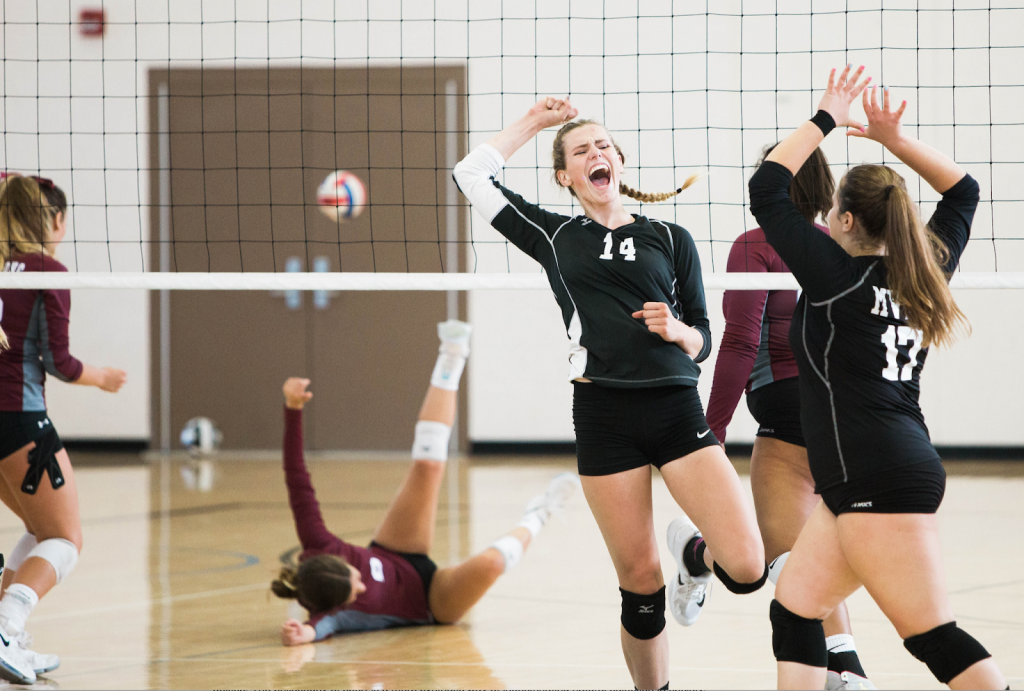
It is always good to start young by being involved in local club and travel sports teams of contact and non-contact sports. Youth will bond with each other and create primary relationships that might develop their social circle early on. Later on, athletes transition into high-school/secondary education athletics where competition is more challenging, and the accolades are more renowned. Suppose the teenage athlete manages to distinguish themself at the secondary education level. In that case, she could be sought after by a collegiate institution, or maybe even a professional team – which can be pretty profitable for the athletes themselves.
Although it is a known wish for many to be able to make it to a professional league in a sport, not everyone has the capabilities to accomplish it. Luckily, the sports industry is vast enough to create opportunities for ex-athletes who would want an athletics-oriented job. Whether it be a chiropractor, a personal trainer, a journalist, or a coach, ex-athletes have a chance to give back to their sport by helping others succeed on their journey to stardom or profoundly change their sport for the better. With outreach opportunities available on different platforms such as televised sports events, social media, summer camps etc… opportunities for continued engagement are easy to find. The athletic development of the youth will create a positive feedback loop, where the older generation will encourage the succeeding to reach new levels of performance and scientific innovation in their respective sport.
About Spotivity
Be #neverbored again by using the spotivity app and find activities that fit your needs. We help you find programing that can lead to your passion. Whether that is an art program to practice graffiti, a sports program to engage in competition, an education support class to improve your grades, or just finding someone to talk to – spotivity has your back. Backed by research and continually informed by users, spotivity is the tool to help you unlock your world and expand the list of options you can take advantage of.


